The Plan
The short version of the plan is to use the same tech as those Christmas projectors, but having three overlapping images slowly rotating at different rates. The overlapping images will combine on the wall to make an animated portal image.
The Hardware
- High brightness LEDs repurposed from Walmart light bulbs. Projection requires some pretty serious brightness to look good so I'm shooting for ~3300 lumens.
- Color laser or inkjet printer with transparency film. May melt..
- 6 small lenses (or some fresnel sheet lenses)
- 3-6 logic level power mosfets
- 1 continuous rotation servo
- 3 18650's Li-Ion cells, so I can have 12v for the LEDs directly
- Small speaker for sounds
- PC fan for cooling, and spinning the portal fluid filaments
- 3D printed case, gears, and knobs.
- an Arduino to control it all
Projecting The Portal
Project through three rotating static images, mounted in the center of three ring gears with slightly different gear ratios, and rotate them with a continuous rotation servo. The two outer images will rotate clockwise, and the center image counterclockwise.
Print three different portal images, splitting the portal image into 'interesting' parts with some opposing spirals built in to generate false motion towards the center. This will probably be a green/blue, yellow, and clear mask pattern on transparency film. Light them from behind with three seriously bright groups of LEDs, and (optionally) collimate the light hitting them with a lens. Focus the resulting projection with three more lenses into an overlapping combined image on the wall.
I don't really need a perfect image for this to look good, which is a plus because my current lenses kinda suck. I need something relatively focused, but some spherical aberration and distortion may actually look great (or so I hope).
That takes care of projecting the portal.
The Portal Fluid
3D print a clear PLA ball with filament sized holes, glue in bits of clear PLA filament, and then deform them with heat to look like discharge lines. The ball and filament strands will then be made to spin at about 1000 rpm, and will be lit by strobing some LEDs mounted at the base. Randomizing the strobe timing will cause the spinning strands to appear to jump around, which I think will effectively simulate the electrical discharges in the portal fluid.
But Why?
Because I can. Well, originally I just wanted to get this idea down before I switched topics again, or I got distracted by squirrels plotting to take over the earth. But I think I will have to do this now..
Wanna help?
I would be happy to have other contributors for this project. If you feel like you can tackle a task here, you'll be added.
- Pulling screenshots/short video clips of the animated portals, and then simulating the best looking portal you can generate with Photoshop by overlapping and rotating three images. Overlaying them needs to take into account that you will be adding together the resulting projected light, not blocking it. The generated images will need to be negatives for brightness but not color, and should be original content. David is working on this now.
- Pulling screenshots of the portal gun from every angle and with comparable scaling elements visible, and then generating "accurate" dimensions from those. *done*
- Simple code for driving the servo, sequencing the LED power up, and generating the "sci-fi" noises I would really prefer a novel mathematical model or simple inline array for driving GPIO...
 MasterOfNull
MasterOfNull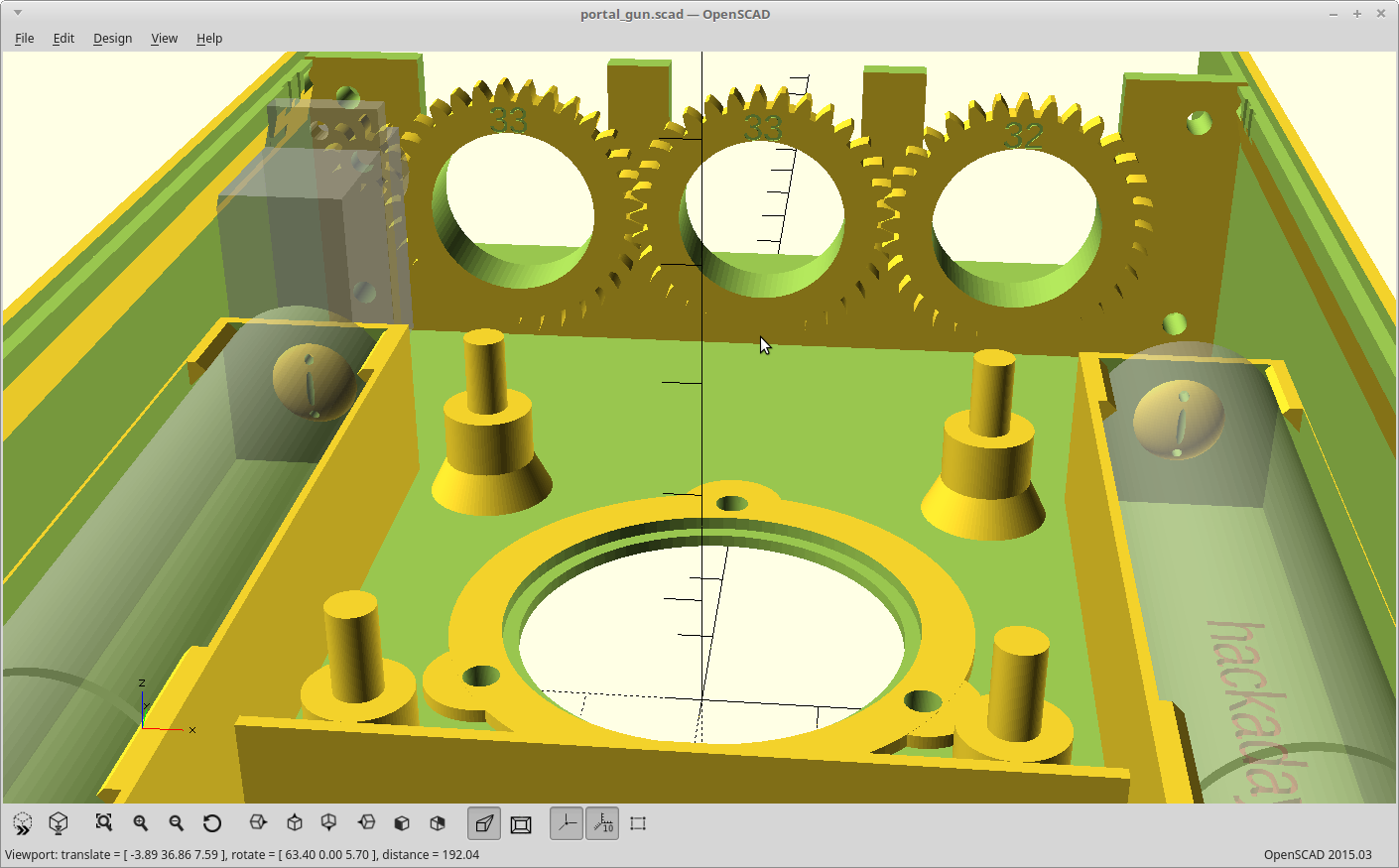
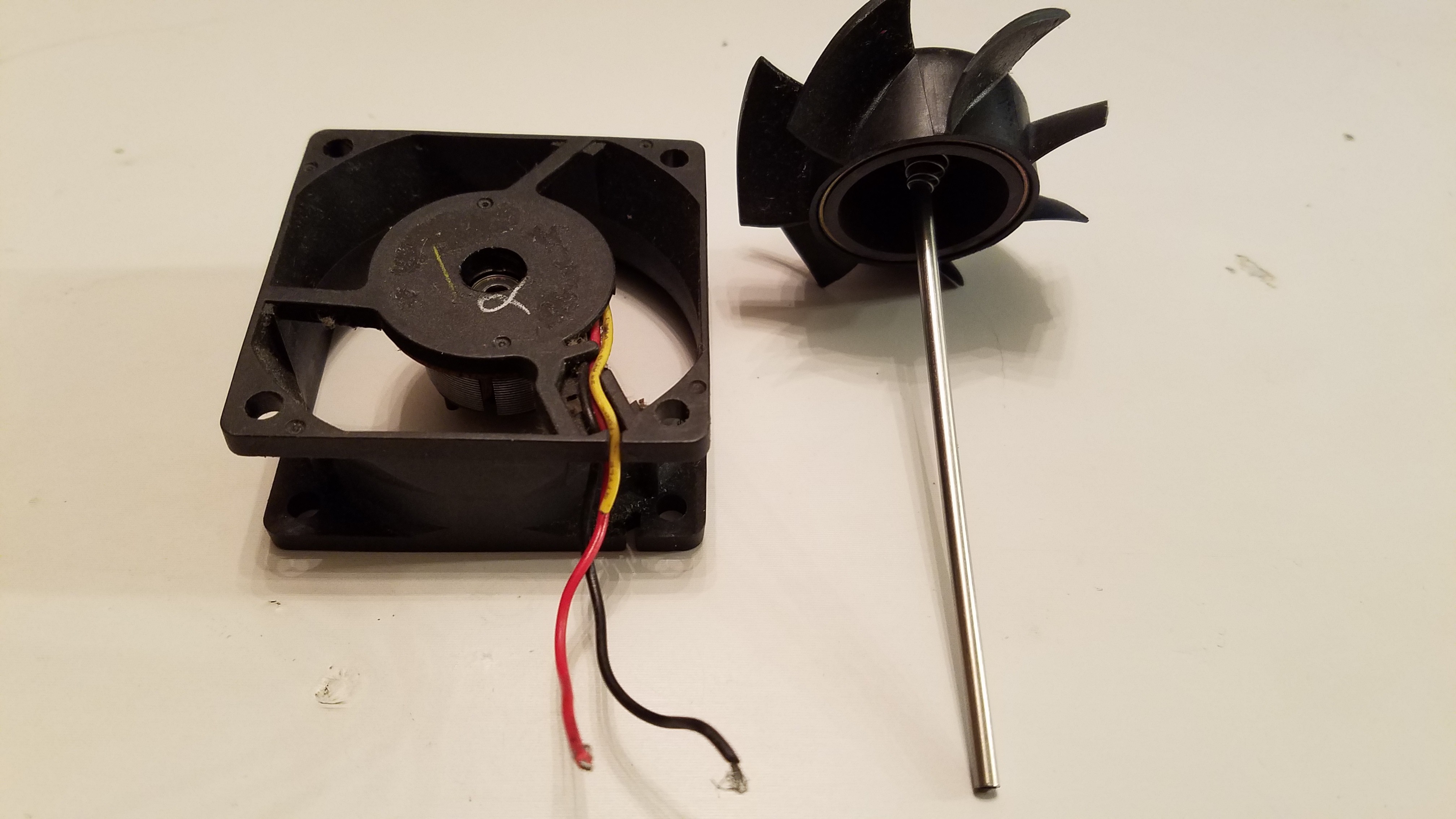
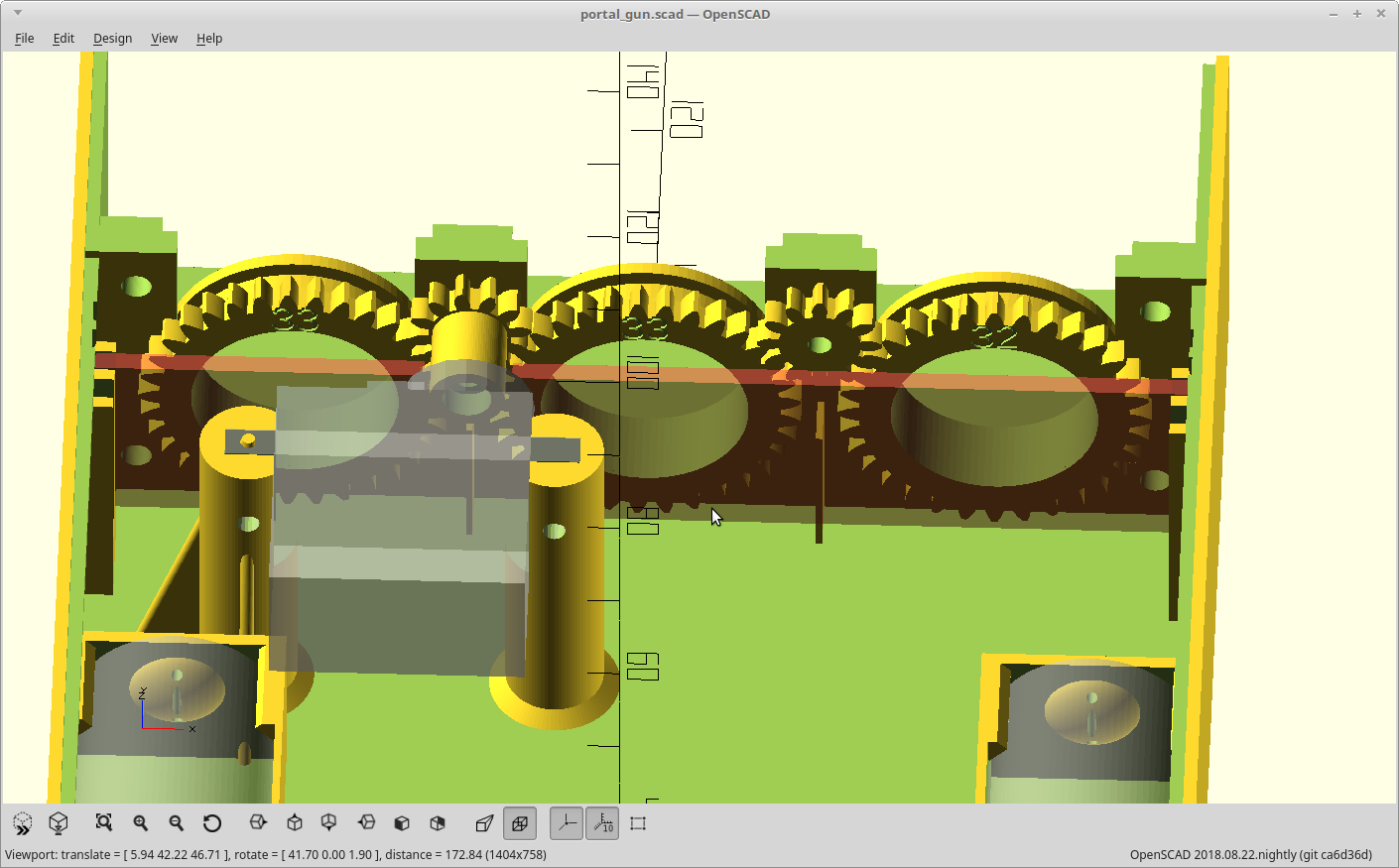
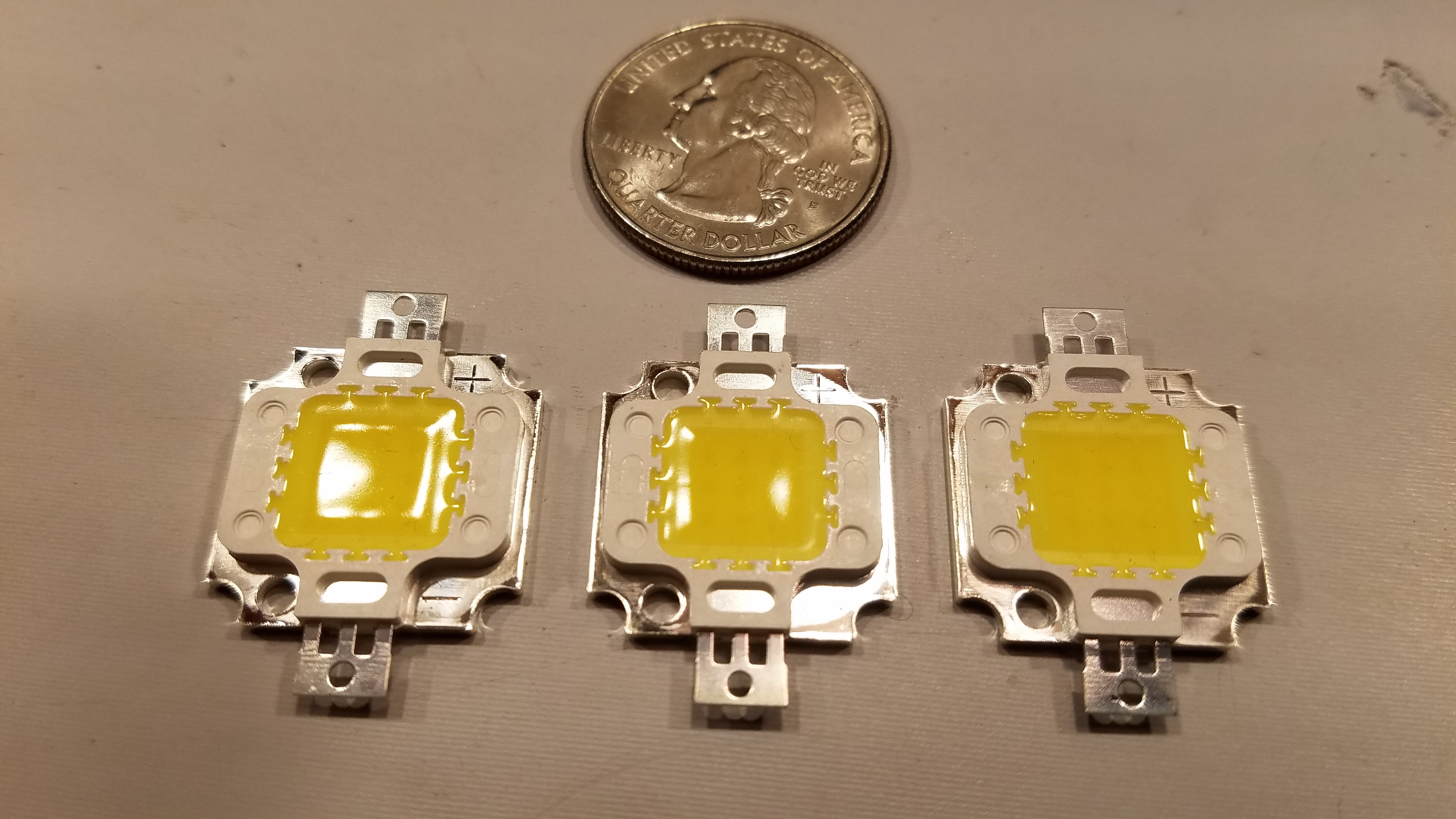
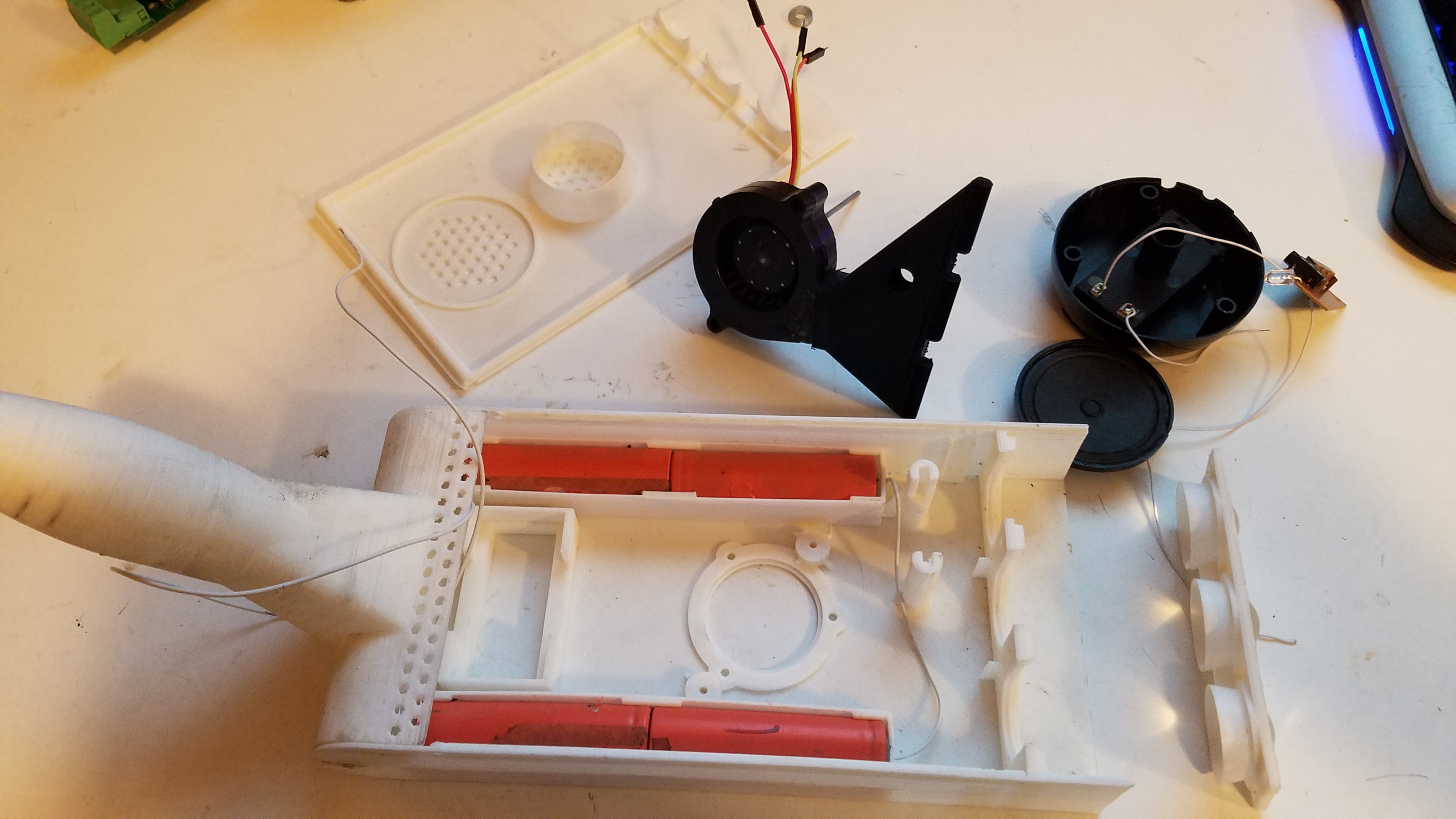
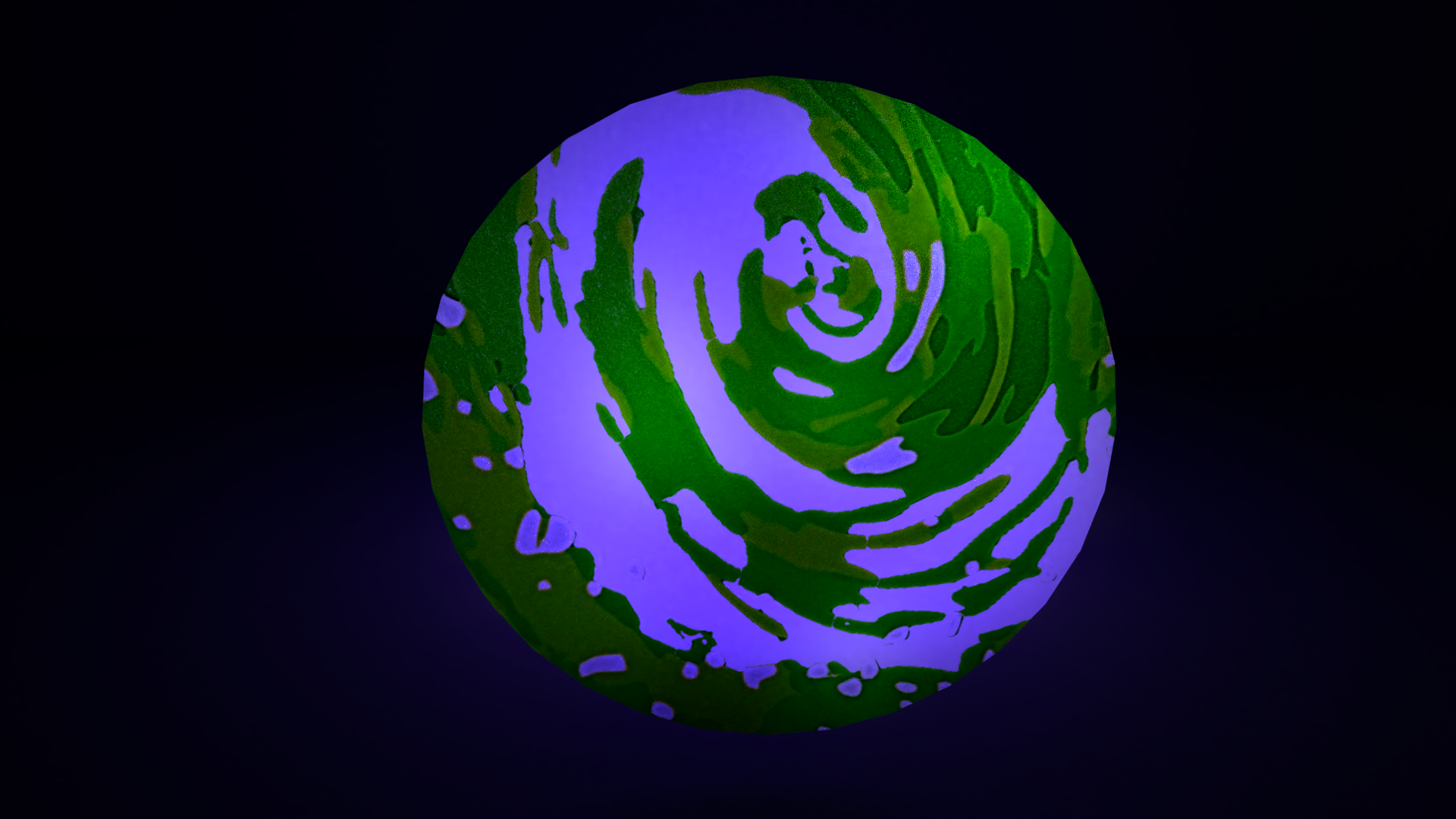
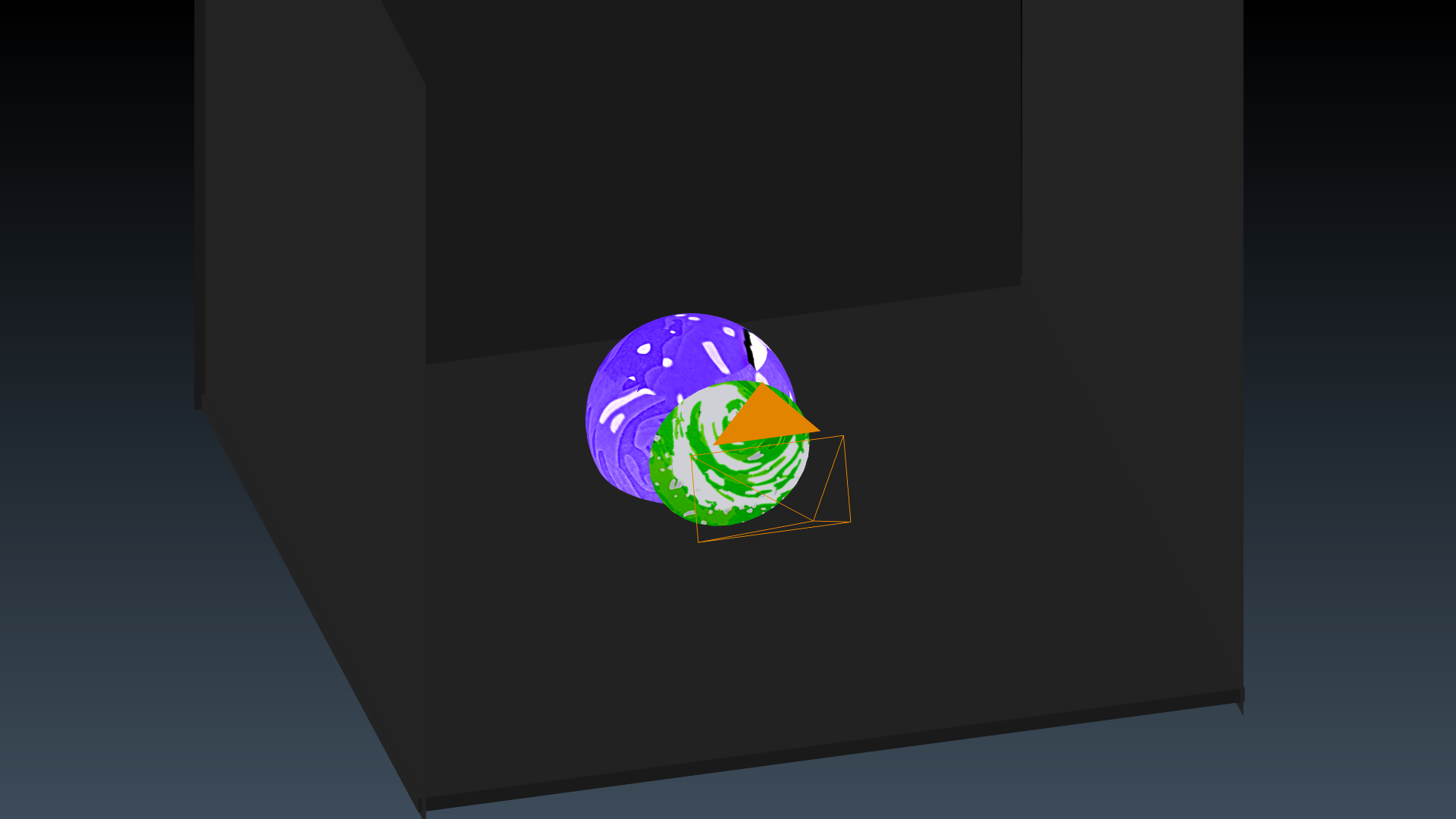
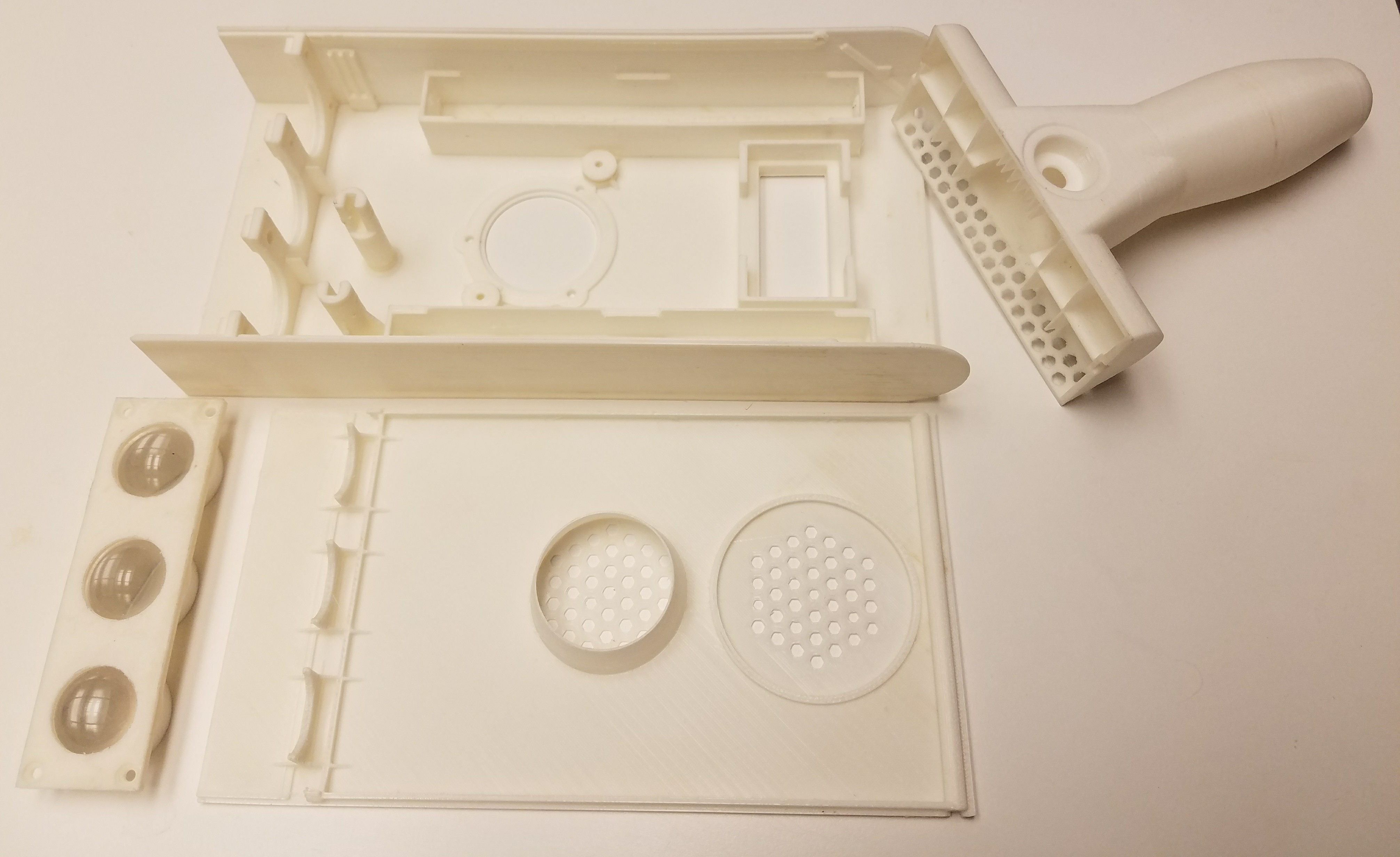


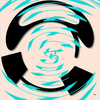



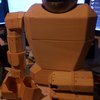

link to christmas projector not working (error)